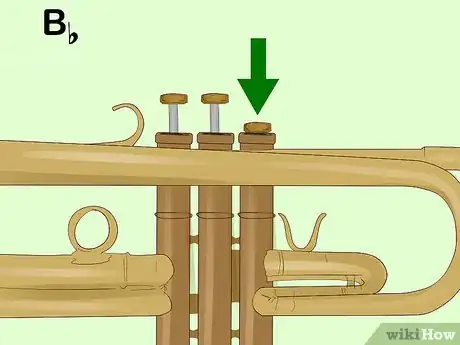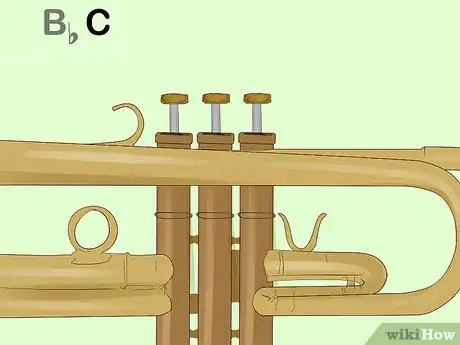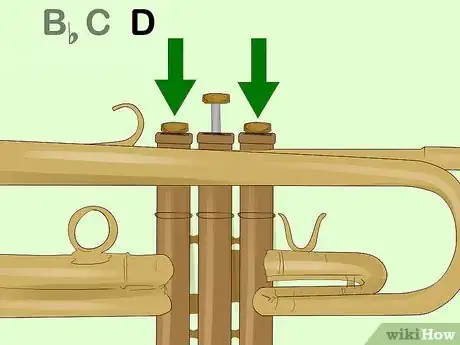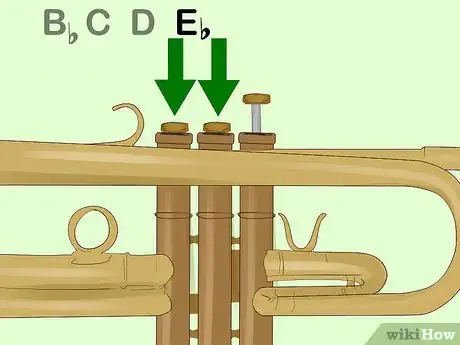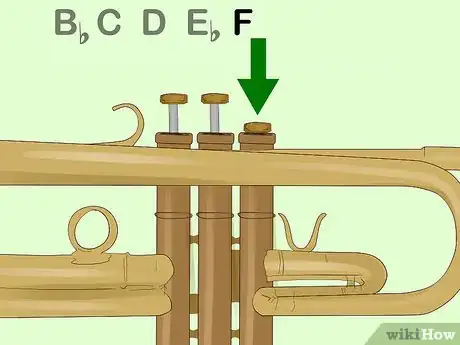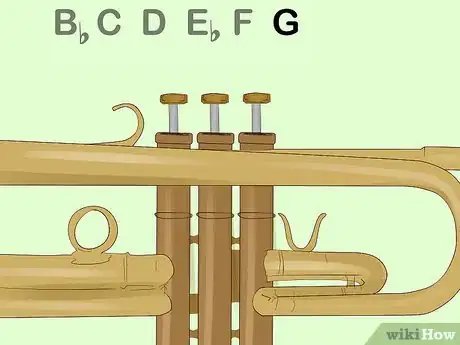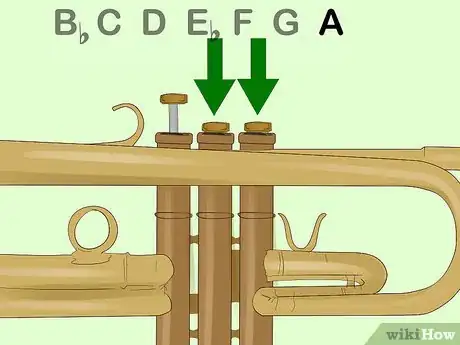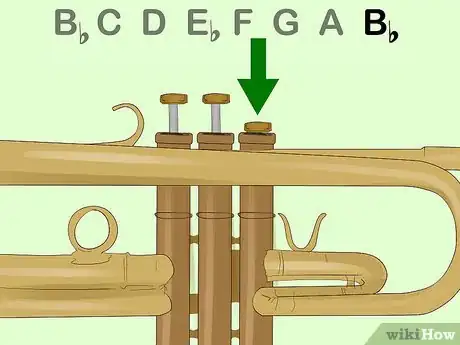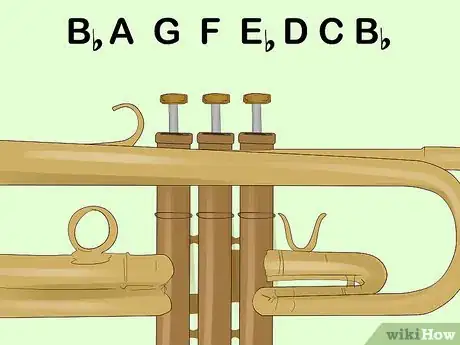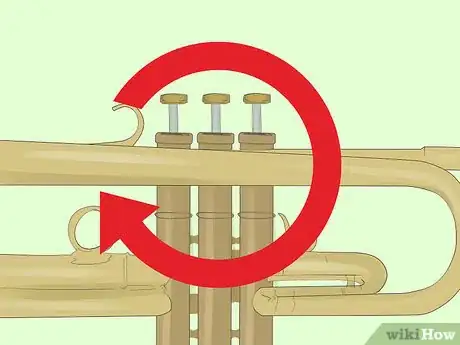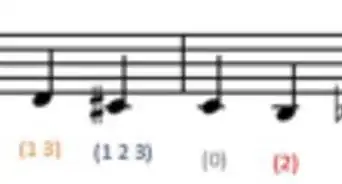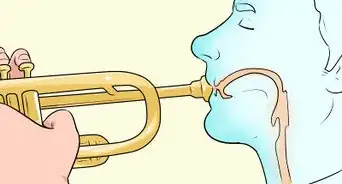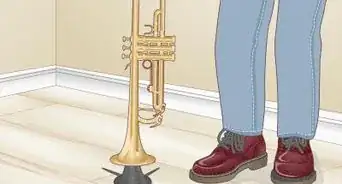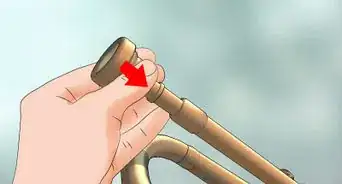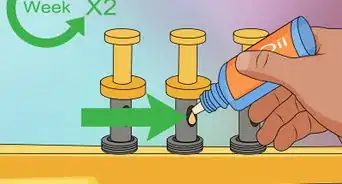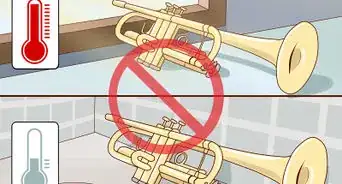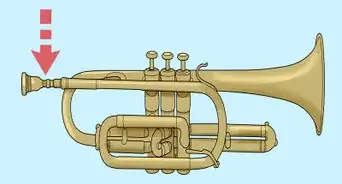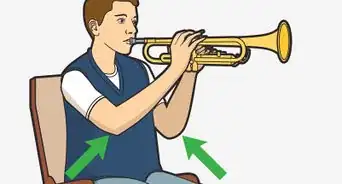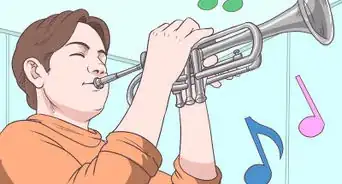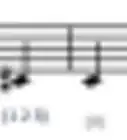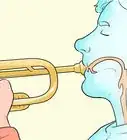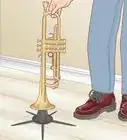X
wikiHow is a “wiki,” similar to Wikipedia, which means that many of our articles are co-written by multiple authors. To create this article, volunteer authors worked to edit and improve it over time.
This article has been viewed 31,933 times.
Learn more...
Scales are vitally important when practising a trumpet, or any instrument. They help in a number of ways, such as improving pitch and key. The B flat scale is quite a simple scale to play, and it consists of only two flats (E and B).
Steps
-
1Play the first note. The first note of the B flat scale is B flat. B flat is played by pressing down the first valve (the one closest to the mouthpiece). Buzz as low a note as possible while holding down the first valve. It is highly unlikely you will be too low, as low B flat is the lowest note playable on a trumpet with only the first valve.
-
2Play low C. Low C is a simple note and probably the easiest note to play on a trumpet. Low C is played open (meaning with no valves down), and is the lowest note you can play without valves.Advertisement
-
3Press down the first and third valves to play D. D should be higher than C, but not by much, as you should be blowing the same speed of air. If played too low, it can sound like low G, but if played too high can sound like middle G.
-
4Put the second and third valves down (the two closest to the bell, where the sound comes out of) to play E flat. E flat is only a semitone higher than D, so although it should sound a bit sharper, it shouldn't sound drastically different.
-
5Switch your fingering so you are only holding down the first valve to play F. F shouldn't sound like low B, it should be higher but not too high, or it will sound like high B flat.
-
6Take your finger off the valve to play G. Like C, G is played open, only it should be a bit higher. If you struggle playing G open, you can put down the first and third valves, but the struggle with that is that it will usually sound like low D instead, or if played too high, B natural. It might also sound a bit off-key if played with first and third valves.
-
7Press down the first and second valves when playing middle A. Middle A should sound lower than high C#, but not low enough to be E natural, it should a bit higher than G, but not too much.
-
8Play high B flat by pressing down the first valve. It is the highest note in the scale and should sound like a high version of the first note. Don't play it too high or it will be high D, or even high F. When playing, compare it to low B flat to make sure you have the right note. The notes should sound similar, but the second one is significantly higher (a full octave).
-
9Play the scale back down again. Playing scales down (highest to lowest) is just as important as playing them up (lowest to highest). It can sometimes be harder as you probably don't know your alphabet backwards.
-
10Practice. Nobody will get good at something in just one day, the more you practice, the easier it will become. Get help from an instructor if you can.
Advertisement
Warnings
Advertisement
About This Article
Advertisement
